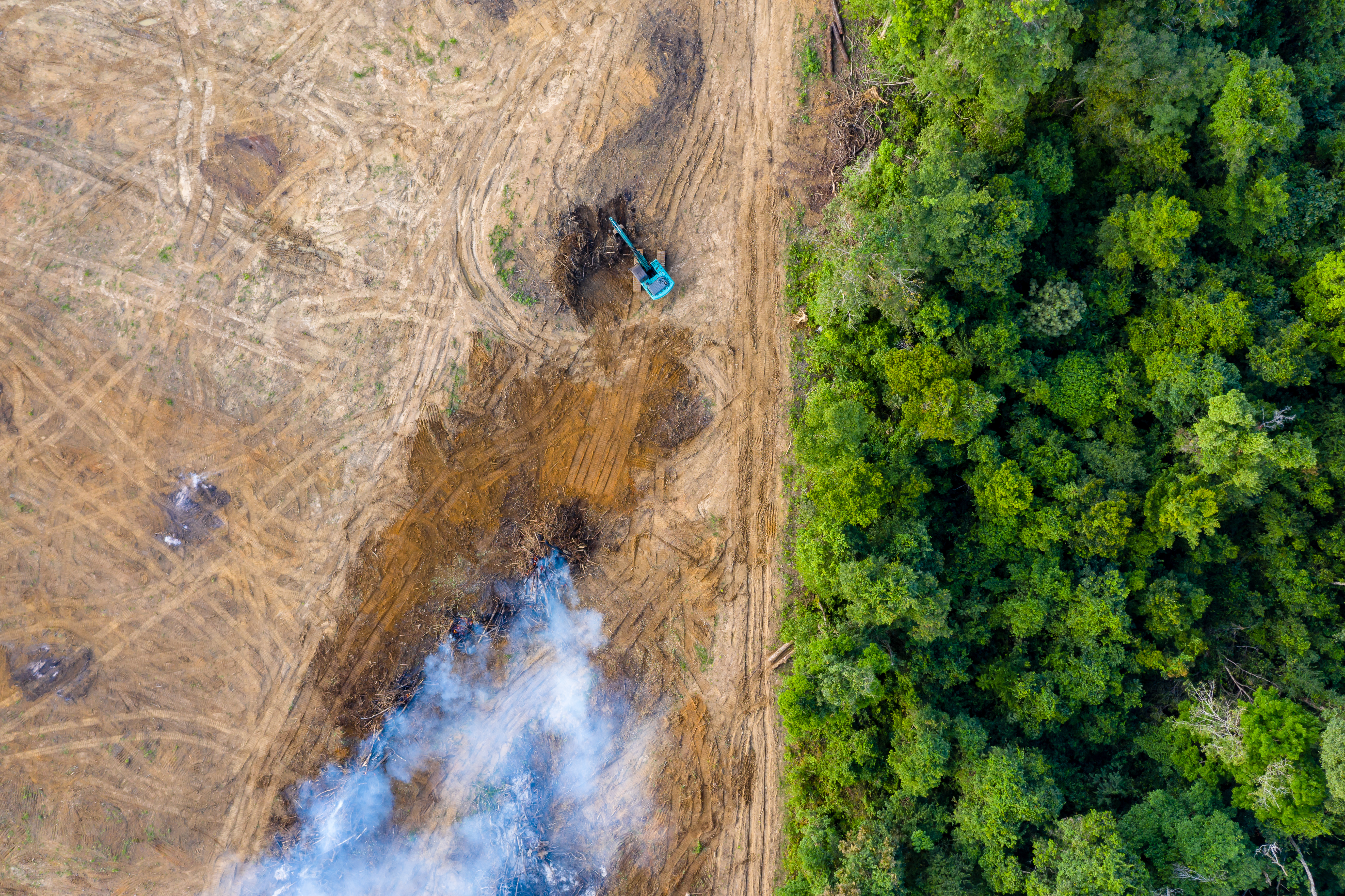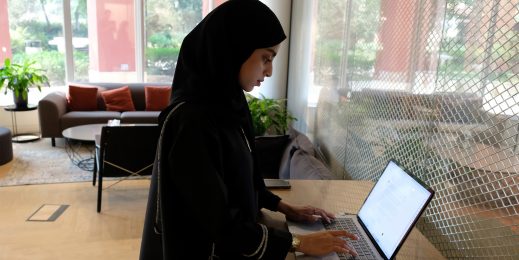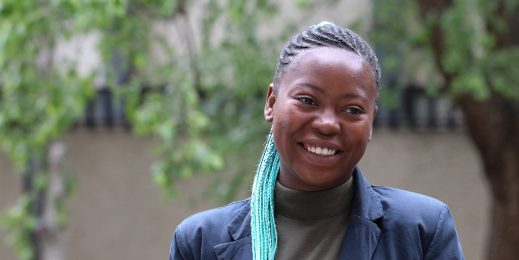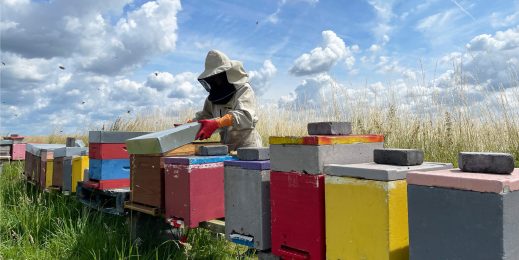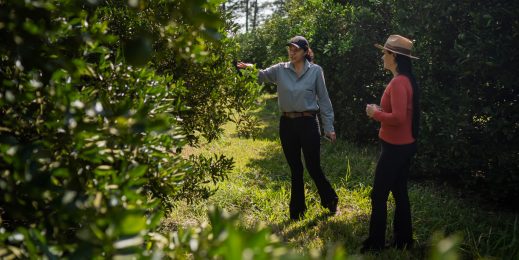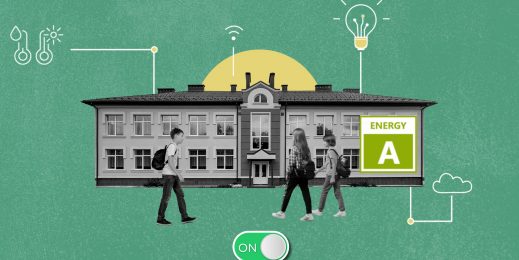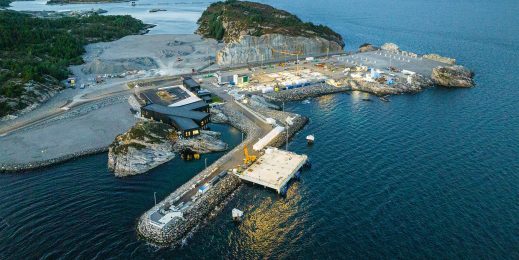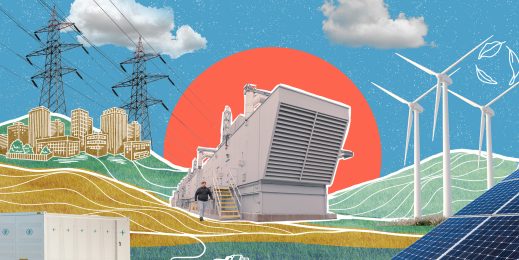
AI and the Amazon Rainforest
How GainForest, Microsoft and the UN are incentivizing sustainability
According to the World Wildlife Federation, a staggering 17 percent of the Amazon rainforest has been wiped out in the last 50 years.
This issue affects every citizen worldwide.
The Amazon rainforest is home to many of the world’s most endangered species. It also plays a crucial role in mitigating climate change – soaking up the carbon dioxide that harms our atmosphere. More broadly, 15% of all greenhouse gas emissions are the result of deforestation.
Deeply passionate about fighting the threat of deforestation is David Dao – a Ph.D. candidate at ETH Zurich DS3Lab focused on Artificial Intelligence (AI).
David first came up with the idea of GainForest just last year during the UN Climate Summit COP23 when he won #Hack4Climate, a hackathon designed to accelerate innovative climate solutions. He then went on to win a Microsoft AI for Earth grant, a program that provides access to advanced cloud computing resources to support projects that change the way people and organizations monitor, model, and ultimately manage Earth’s natural systems.
David helped launch GainForest, an initiative designed to stop deforestation and completely underpinned by innovative technology. GainForest is currently working with the government of Chile on a pilot project and is using AI to monitor and actually predict which areas are most at risk of deforestation in the Amazon and the Valdivian Rainforest in Chile.
Having access to Microsoft’s Azure platform has been a game-changer for us. Beforehand, we didn’t physically have the computing power to analyze the vast amounts of data we generated. Now, with Azure, we can train our algorithms to predict and monitor deforestation faster than ever before. – David Dao.
How does GainForest work exactly?
Community members, such as local farmers, can become stakeholders/investors in plots of land at risk of deforestation within the Amazon. They simply select a patch of land at risk of deforestation and the amount they wish to invest. Then, if the land is still maintained and in good condition after an agreed amount of time, stakeholders receive a financial reward on their investment – the higher the risk, the higher the return. This incentive program can have a huge impact on the rainforest, as more than 80% of deforestation happens due to local farmers making room for crops and cattle.
None of this would be possible without the use of blockchain-powered smart contracts, which help track all of the investors and their land throughout the area. Smart contracts are computerized procedures that guarantee, once an agreement is signed, it is followed and paid out. Blockchain deploys these smart contracts and removes the need for a third party (humans). All investments and transactions are recorded and stored within the blockchain, providing a safeguard for investments.
The United Nations’ REDD program is discouraging deforestation by offering financial incentives and education programs to local farmers. We wanted to help the UN come up with a new way of making the distribution of their funds more performance oriented. – David Dao
It is early days for GainForest, but it has gained a lot of recognition in a short amount of time.
In September, David and his team plan to attend the UN Climate Action Summit, to present GainForest to delegates to show the potential this kind of technology has in helping to protect our planet.
Tackling deforestation is a massive challenge that takes passion and vision from individuals like David and his team. It also takes the active involvement of communities, like the stakeholder/investors taking part in GainForest at the local level. With technology like AI and blockchain bringing communities together to protect our environment, the future is looking brighter.





